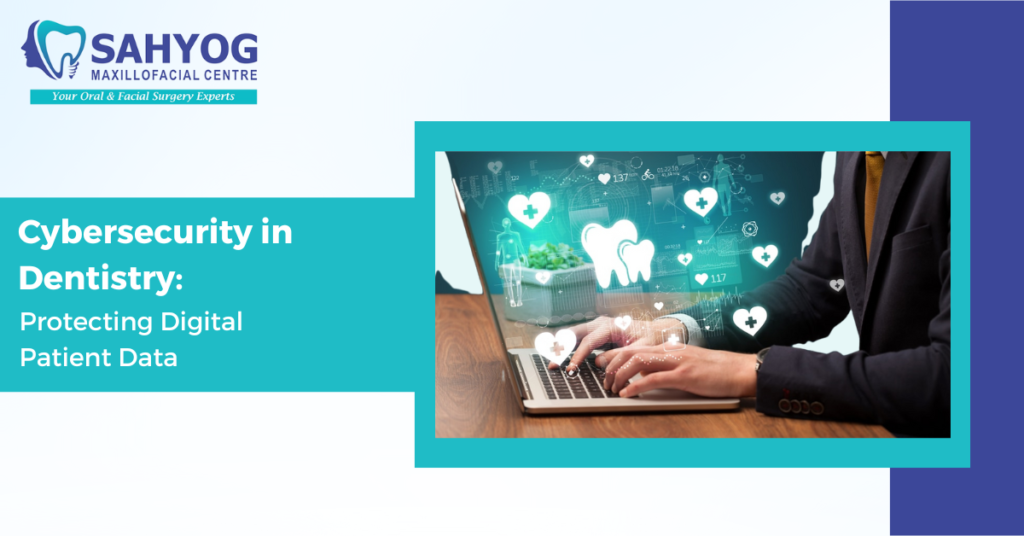In the realm of digital dentistry, the integration of digital technologies has brought about transformative advancements in patient care, diagnosis, and practice management. From digital imaging to electronic health records, dentists have embraced digital tools to enhance patient care and streamline practice management.
However, with these innovations comes the responsibility to safeguard sensitive patient data from cyber threats.
Understanding Cybersecurity in Dentistry:
The term “cybersecurity” refers to the practices and measures designed to protect patient data stored electronically from unauthorized access, theft, and manipulation. With the adoption of electronic health records (EHRs) and digital imaging systems, dental practices are increasingly vulnerable to cyberattacks. Threats such as ransomware, phishing attacks, and data breaches pose significant risks to patient confidentiality and practice reputation.
Protecting Digital Patient Data:
Digital patient records, while offering numerous benefits in terms of accessibility and efficiency, also introduce vulnerabilities that can compromise patient data security. These vulnerabilities stem from factors such as inadequate encryption protocols, weak authentication methods, and insufficient network security measures.
Unauthorized access to digital patient records can occur through various means, including phishing attacks targeting staff members, exploitation of software vulnerabilities, or physical theft of devices containing patient data. Additionally, dental practices may unknowingly expose patient data to risks by using outdated or unsupported software systems, leaving them susceptible to cyber threats.
Here are some key measures that should be implemented:
1. Encryption
All patient data stored on our servers is encrypted to prevent unauthorized access. Encryption algorithms render data unreadable without the corresponding decryption key, thus enhancing security.
2. Access Controls
We employ robust access controls to limit the accessibility of patient records to authorized personnel only. Role-based access ensures that employees have access only to the information necessary for their job responsibilities.
3. Regular Audits and Updates
We conduct regular audits of its cybersecurity measures to identify and address any vulnerabilities proactively. Software and system updates are promptly installed to patch known security flaws and protect against emerging threats.
4. Employee Training
We provide comprehensive cybersecurity training to all staff members to raise awareness of potential threats and best practices for data protection. Employees are educated on identifying phishing attempts, maintaining strong passwords, and adhering to security protocols.
Conclusion:
By prioritizing cybersecurity, dental practices can mitigate the risks posed by cyber threats and maintain trust with patients by safeguarding their sensitive information effectively. Additionally, integrating cybersecurity awareness into dental education and training programs empowers dental professionals with the knowledge and skills needed to recognize and respond to potential cyber threats, further enhancing the overall security posture of dental practices.

